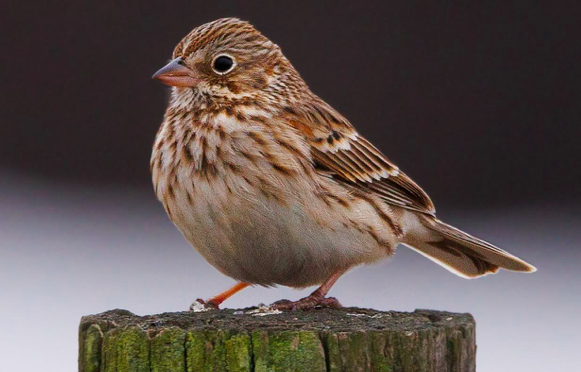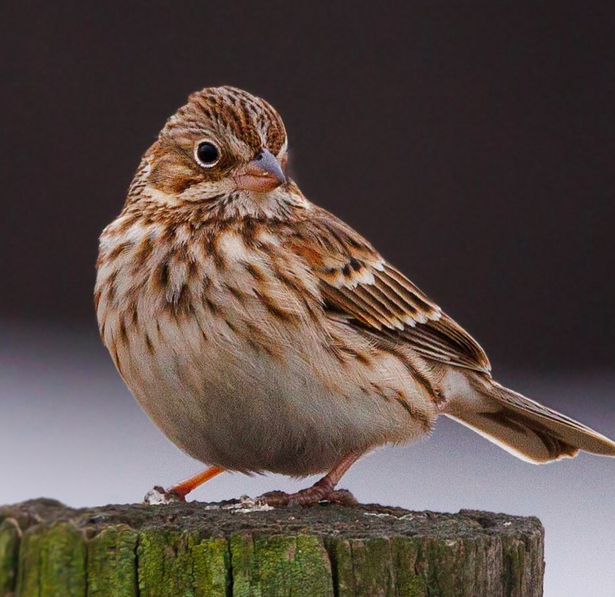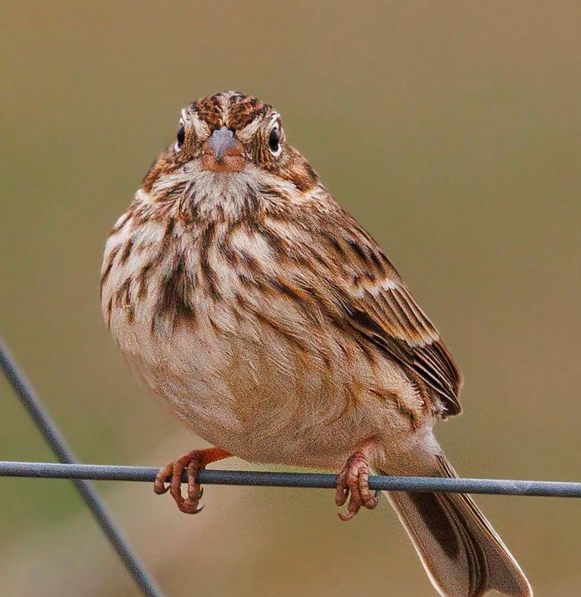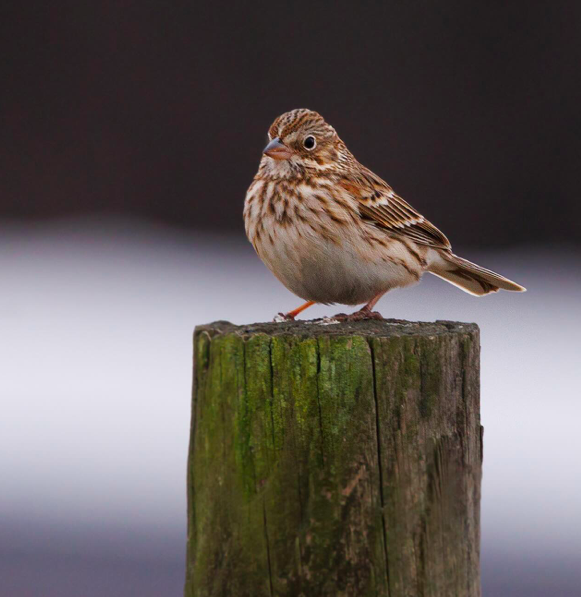By Sally Siko
Few species of waterfowl capture my attention quicker than a Canvasback.
I photographed this pair while birding in the Outer Banks region of NC.
The largest species of diving duck in North America, these birds are absolutely regal looking as the glide across the water.
One of my favorite things about the Canvasbacks drake’s appearance are their vibrant blood red eyes paired with that dark red head.
When you make eye contact with them, it feels like they’re staring directly into your soul haha!
The hens are quite lovely too dressed in soft tan, cream and warm brown plumage. Their understated elegance is much appreciated when watching them glide through a flock of raucous wigeons and coots.
A wintertime resident of North Carolina, Canvasbacks are found in our coastal counties from late October through early April. They are usually spotted in large bodies of shallow slow moving waters such as marshes, estuaries, lakes and bays. The large freshwater ponds here in the OBX are perfect examples of their preferred habitat. Voracious consumers of aquatic vegetation, their favorite food is wild celery.
So much so that the Latin species name of the Canvasback (Aythya valisineria) is similar to that of the wild celery (Vallisneria americana). A case of “you are what you eat” in feathered form lol!
They are also fond of eating pondweeds, water lilies, sedges, mollusks, small crustaceans, minnows and insects.
I’ll be returning to the OBX this weekend to learn another birding trip and am hoping that I’ll have another opportunity to catch a few shots of them this winter before they depart for their breeding grounds in the spring.
I can’t wait to get back out there!
By the way, if you’d like to see this species for yourself, I’ve added 40 new dates of Birding trips in the Outer Banks between now and the end of the year.
Reserve your spot now as these tours fill up quickly.
Check the calendar below for more information or shoot me a DM anytime with questions.
Happy birding!
-Sally
Photos by @sally_siko of @bestlife_birding on my mighty mirrorless monster, the @canonusa #R5



























































